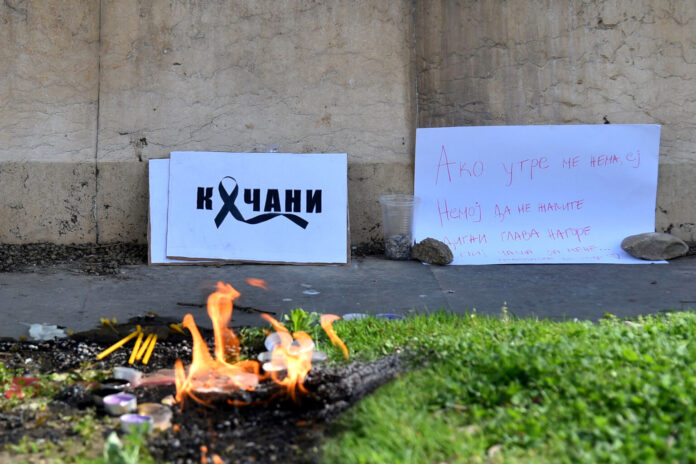The post of St. Peter and Paul, the Corifers of the Apostles (Video)

The Holy Apostles Peter and Paul, also called the « chief of the apostles » and the « unwavering pillars of the Church », are celebrated in the Orthodox Calendar on June 29, after a period of fasting.
The post, which varies in duration according to the date of the Holy Easter, begins this year on June 16.
On Sunday, June 15, the Church has ordained the left of the Section for the beginning of the post of the two saints, and the believers will respect the post -June 16, until Saturday, June 28.
The two Apostles have fulfilled in their lives the exhortation of Christ to serve the fellows: « Who would like to be great among you, to be your servant; and who would like to be the first between you, to be all a servant » (Mark 10, 43-44).
Due to their preaching, Christianity has spread throughout the Mediterranean area.
Saint Peter was present at most important events in the life of Christ, even when only a limited group of disciples was present (Matthew 9: 18-26; 17, 1-8; 26, 37).
As St. John the Golden Mouth says, St. Peter’s Apostle was truly heavenly, being characterized by a scorching longing for God, who did not leave him all his life.
According to information on his missionary activity, Saint Peter preached the Gospel of the Lord in Judea, Antioch, Pont, Galatia, Cappadocia, Asia, Bitinia and Rome.
Moreover, tradition links most of his activity to Antioch and circumstances, as he is said to have been bishop of this city for 20 years, before stopping in Rome. Saint Peter arrived in Rome during the second captivity of Saint Paul, or earlier after his return to Spain and before making a goodbye journey to Asia Mica and Macedonia. The period of the Episcopate of Saint Peter in Rome, for 25 years, belongs to a Catholic tradition of the third century, who considers him as the first pope of Rome, and the founder of the papacy.
The passage to the eternal ones took place in Rome, through martyrdom, at the same time as Saint Paul, during the persecution of Emperor Nero in 67.
According to the « legend Aurea de Jacobus da voragine », published in the 13th century, around the chapel « quo vadis, domine? » From Rome, from Via Appia, Peter would last have seen Jesus last, when he wanted to flee Rome, to escape the martyrdom. The Holy Apostle Peter would have asked Jesus: Quo Vadis, domine? (« Where do you go, Lord? »), To whom Jesus would have replied: « Vado romam Venio Iterum Crucifigi » (« I came to Rome, to be crucified again. »). Ashamed of the disappointment of the words of Jesus, St. Peter would have returned to Rome, receiving the martyrdom.
Holy Apostle Paul did not meet the Savior during his earthly activity
Saint Paul, unlike Saint Peter, who was part of those who lived with the Savior, added to the Apostles in a wonderful way after the Ascension of the Lord to heaven and the descent of the Holy Spirit (…)
The Holy Apostle Paul was called the « Apostle of the Gentiles », because he most announced Christ among the pagan peoples of those times.
The Holy Apostle Paul was martyred in Rome in 67, during the persecution of Emperor Nero, by beheading.
The apocryphal facts related to the name of Saint Paul mentions the place of the martyr, on the left bank of the Tiber, about five kilometers away from Rome, at Ad Aquas Salvias.
Sources: Orthodox Christian, Basilica, the newspaper Lumina, Orthodoxia.






